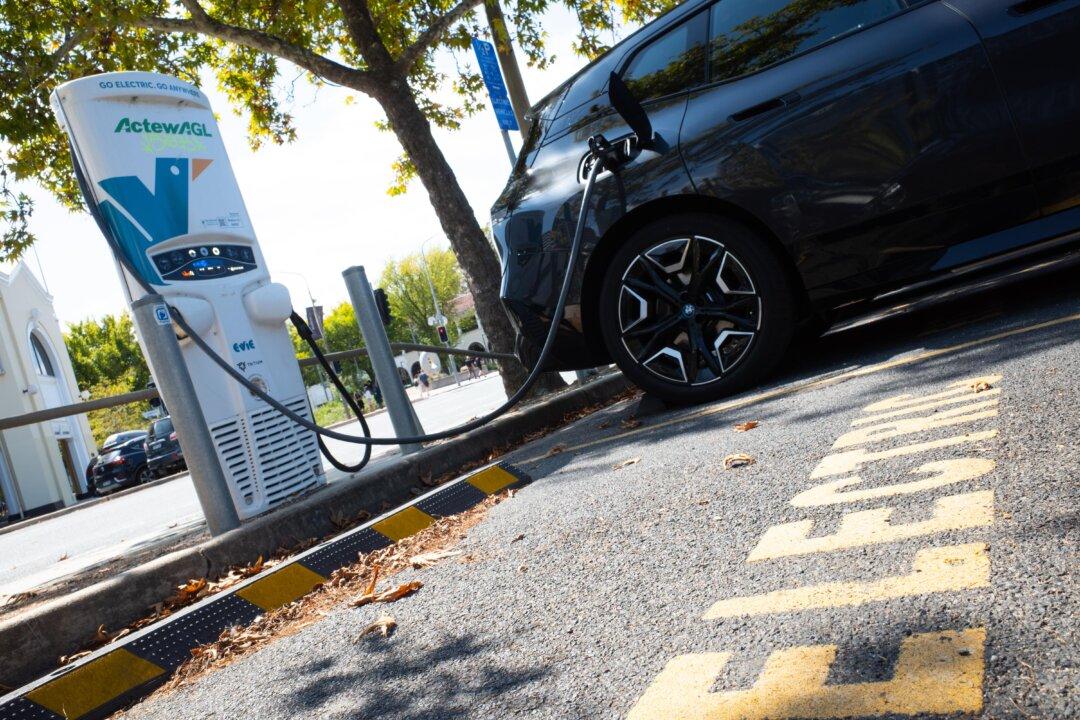The Australian Energy Market Commission (AEMC) has called for the rapid deployment of “smart meters” to better manage the country’s energy usage in the race to net zero.
A smart meter is installed in residential homes and allows for real-time data on electricity usage to be sent to providers.





